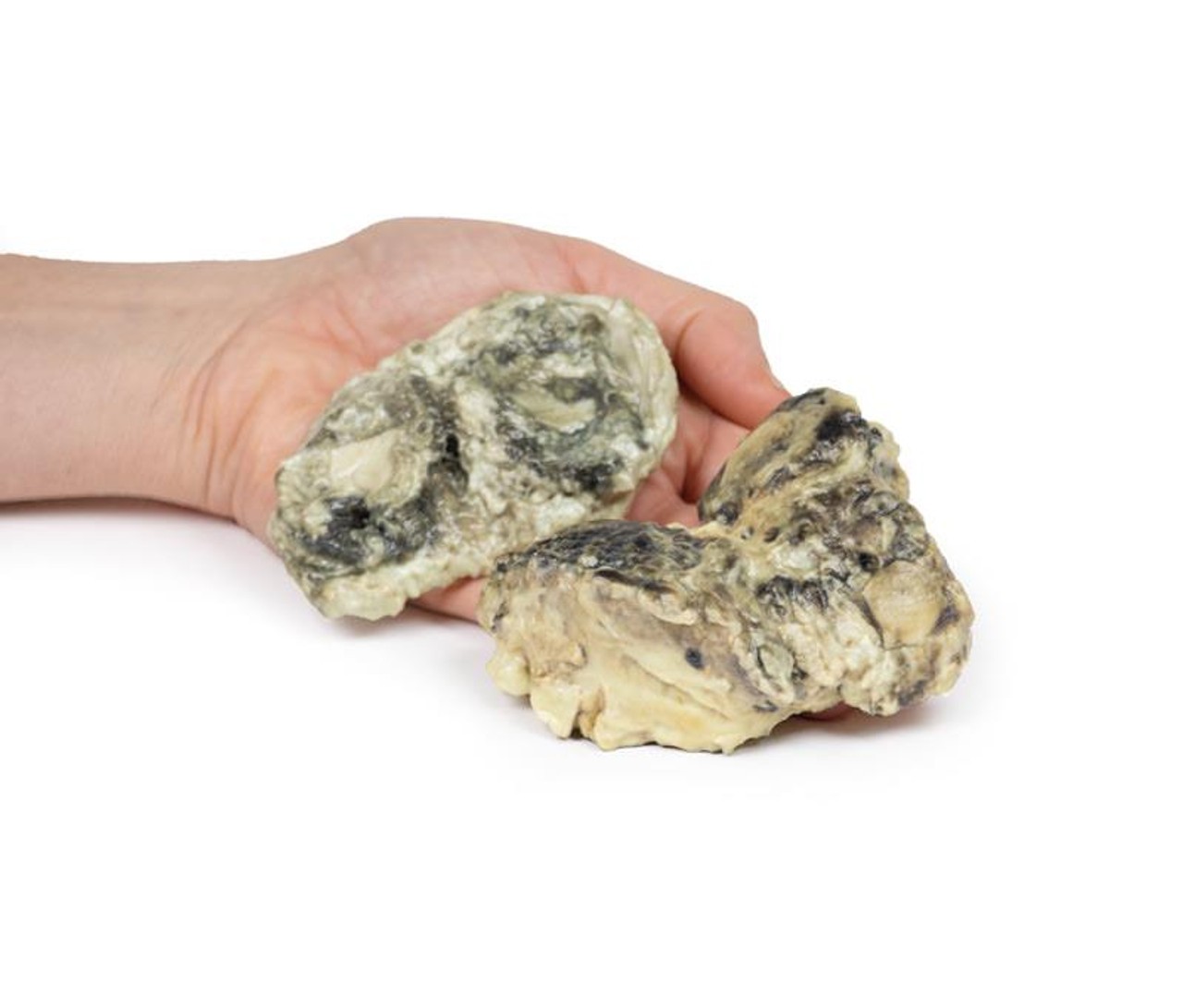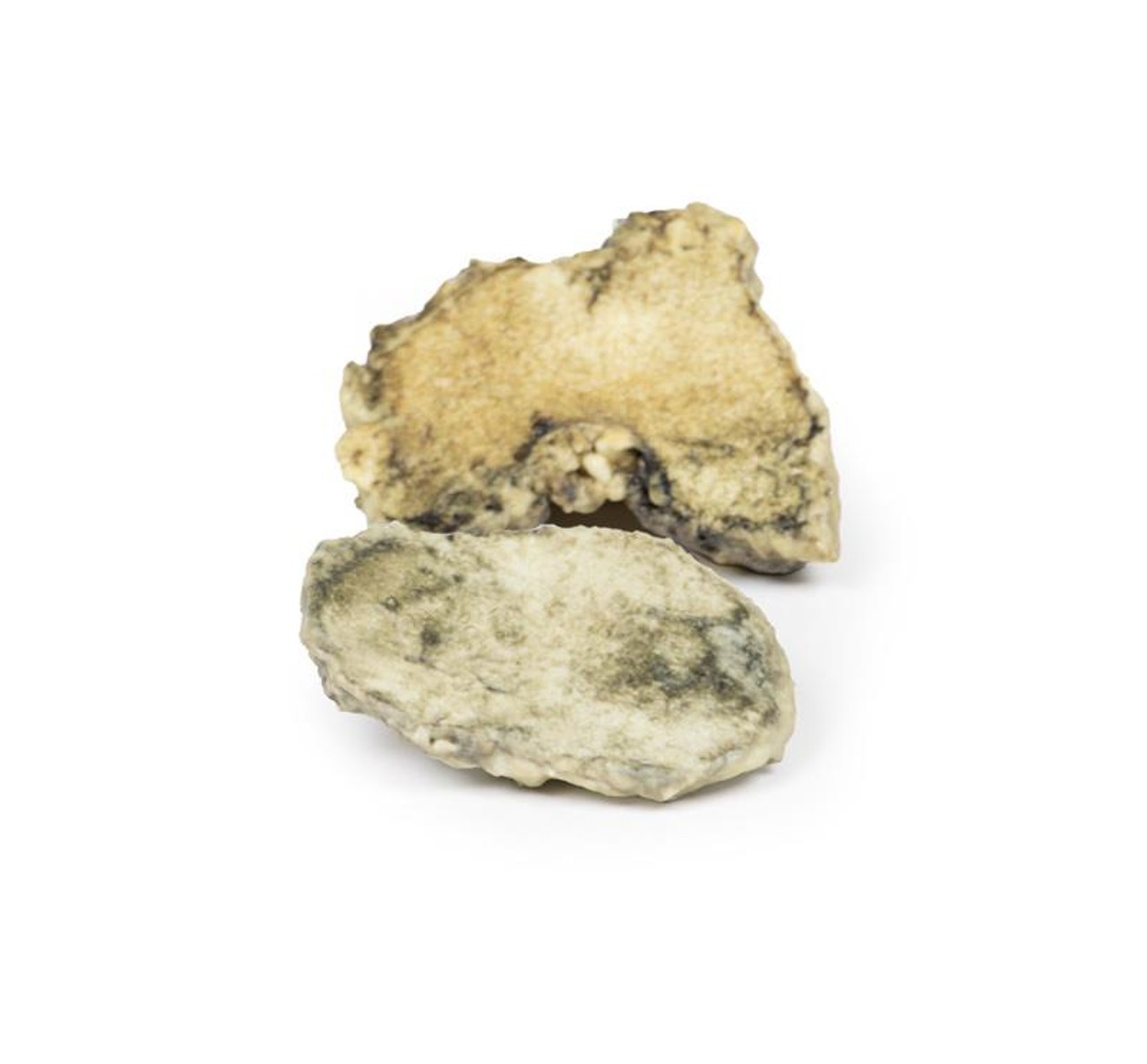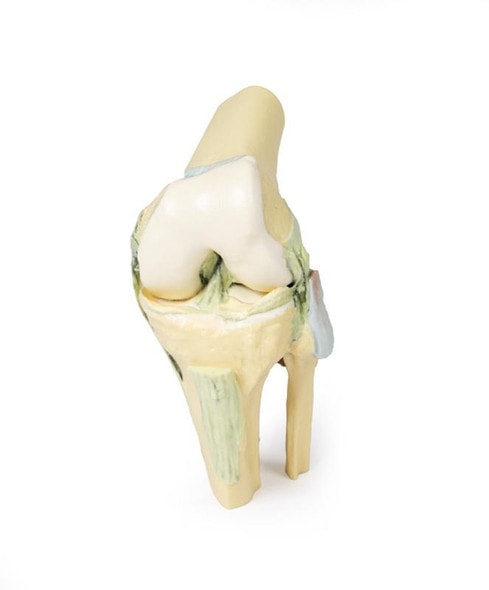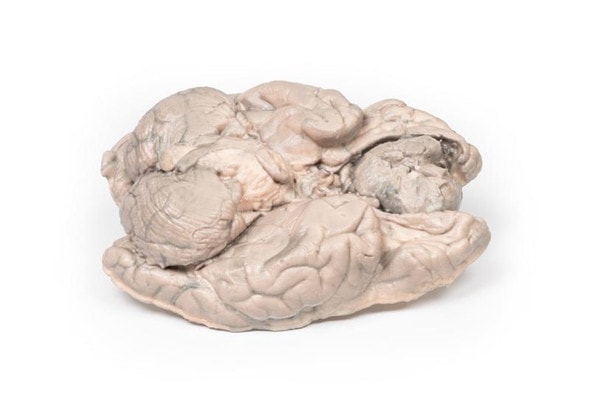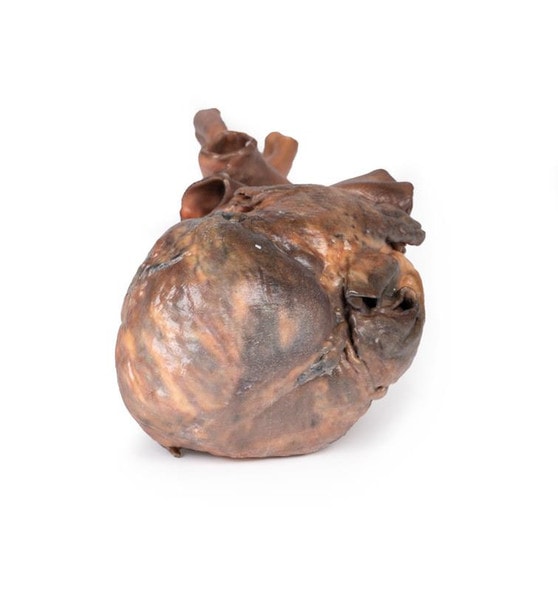Description
Developed from real patient case study specimens, the 3D printed anatomy model pathology series introduces an unmatched level of realism in human anatomy models. Each 3D printed anatomy model is a high-fidelity replica of a human cadaveric specimen, focusing on the key morbidity presentations that led to the deceasement of the patient. With advances in 3D printing materials and techniques, these stories can come to life in an ethical, consistently reproduceable, and easy to handle format. Ideal for the most advanced anatomical and pathological study, and backed by authentic case study details, students, instructors, and experts alike will discover a new level of anatomical study with the 3D printed anatomy model pathology series.
Clinical History
A man aged 82 years had a history of tuberculosis of the left knee in childhood. He developed a painful swollen knee 10 days prior to admission to hospital. Examination revealed an inflamed knee, painful to move, which improved slightly with antibiotic therapy and rest. X-ray showed a disorganized knee joint and mid-thigh amputation was performed 3 days after admission. Post-operative recovery was satisfactory.
Pathology
The specimen displays the articular surfaces of a femur and tibia. The articular surfaces have been severely eroded. They are brown in color, very irregular, and there are shaggy adhesions and plaques of yellow necrotic material. No normal articular cartilage is present. Some irregular varying in size bony projections (up to 1 cm in diameter) are present on the femoral condyles. Staphylococcus aureus was cultured from the joint. This is an example of suppurative arthritis in a joint previously damaged by tuberculosis.
Further Information
Suppurative arthritis is typically caused by a bacterial infection in the joint. Diagnosis is made by analysis of synovial fluid including microscopic examination and culture. Suppurative arthritis is also referred to as pyarthrosis, and bacterial or septic arthritis. Tuberculous septic arthritis should be considered in patients who present with acute or chronic monoarthritis, and who have an abnormal chest radiograph or eosinophilia or a previous history of TB.
Pulmonary tuberculosis accounts for around 52% of tubercular infection but musculoskeletal involvement is seen in up to 19% of cases.1 It is more common in children than in adults, probably owing to the greater amount of bone marrow present in immature bone. In adults, TB shows a preponderance to the spine (40%), followed by the hip (25%), and then the knee (8%).While extrapulmonary manifestations of TB are common, accounting for around 15-20% of cases in immunocompetent patients, the first presentation of the disease as a joint infection is rare[1].
Reference
1. Carrol ED, Clarke JE, Cant AJ. Non-pulmonary tuberculosis. Paediatr Respir Rev. 2001;2:113,9.
Advantages of 3D Printed Anatomical Models
- 3D printed anatomical models are the most anatomically accurate examples of human anatomy because they are based on real human specimens.
- Avoid the ethical complications and complex handling, storage, and documentation requirements with 3D printed models when compared to human cadaveric specimens.
- 3D printed anatomy models are far less expensive than real human cadaveric specimens.
- Reproducibility and consistency allow for standardization of education and faster availability of models when you need them.
- Customization options are available for specific applications or educational needs. Enlargement, highlighting of specific anatomical structures, cutaway views, and more are just some of the customizations available.
Disadvantages of Human Cadavers
- Access to cadavers can be problematic and ethical complications are hard to avoid. Many countries cannot access cadavers for cultural and religious reasons.
- Human cadavers are costly to procure and require expensive storage facilities and dedicated staff to maintain them. Maintenance of the facility alone is costly.
- The cost to develop a cadaver lab or plastination technique is extremely high. Those funds could purchase hundreds of easy to handle, realistic 3D printed anatomical replicas.
- Wet specimens cannot be used in uncertified labs. Certification is expensive and time-consuming.
- Exposure to preservation fluids and chemicals is known to cause long-term health problems for lab workers and students. 3D printed anatomical replicas are safe to handle without any special equipment.
- Lack of reuse and reproducibility. If a dissection mistake is made, a new specimen has to be used and students have to start all over again.
Disadvantages of Plastinated Specimens
- Like real human cadaveric specimens, plastinated models are extremely expensive.
- Plastinated specimens still require real human samples and pose the same ethical issues as real human cadavers.
- The plastination process is extensive and takes months or longer to complete. 3D printed human anatomical models are available in a fraction of the time.
- Plastinated models, like human cadavers, are one of a kind and can only showcase one presentation of human anatomy.
Advanced 3D Printing Techniques for Superior Results
- Vibrant color offering with 10 million colors
- UV-curable inkjet printing
- High quality 3D printing that can create products that are delicate, extremely precise, and incredibly realistic
- To improve durability of fragile, thin, and delicate arteries, veins or vessels, a clear support material is printed in key areas. This makes the models robust so they can be handled by students easily.


